- Old Manor Hospital, formerly Fisherton House -
*history of building below*
We started this explore with disappointment. As we advanced from the train station to the site, it was very clear that the majority of the hospital site had been made inaccessible due to a demolition team of whom had already started demolishing the main building.After a reconnaissance on the perimeter of the whole site (according to the dated documents) of the boundaries of ‘Old Manor’, we discovered there were no easy access routes unless headed through some vegetation around the back - fairly risky since a mad rush to the building would be in full site of the workers.
The asylum is split into several different buildings and is surrounded by new or renovated hospital buildings on three sides. On the fourth, it is overlooked by the county police headquarters and Salisbury Law courts. Ironic.
During our initial scope, we noted that the buildings, a short distance away from the main administration block (fountain way/Fisherton House), most of the smaller buildings in the sites west were untouched. The car park and the other modern buildings were dotted with cameras.
Literally, in an oasis of the modern buildings was the chapel. Little stone was on show – it was a haven for vines and creepers. It stood short of two in-use NHS buildings, with wide windows. The chapel was only accessible from a small arch. Had I not been small in figure, I doubt I would have been able to get in past my head and shoulders – The same could not be said for M, who had to wait behind a board whilst I snuck inside.
The arch lead me into a single-roomed chapel, stripped of the pews and alter. After stepping on what seemed to be like the only original stool, I found myself practically sinking on a mould infested damp blue carpet. Where the alter would have been, there were three plastic chairs, also soggy. The organ seemed to be mostly intact, however a few keys missing. On the far wall there was a small shelf bestowing a couple of biblical chapters. Just under half of the building’s roof was held up by scaffold, some of which the bars were only balancing on a few perilously stacked bricks.
The highlight of the chapel was the untouched beautiful stained-glass window – and the mouldy spider:

Avon House acted as the in-patient wards and therapy rooms completed with offices and kitchens.
The most notable findings in exploring Avon House:
‘Brief’ history,
The Old Manor Hospital was a psychiatric hospital in Salisbury, Wiltshire, England. It functioned first as a Victorian private licensed house called Fisherton House Asylum, from the early 19th century. It was the largest private ‘mad-house’ in the UK. From 1829, it was licensed by the Wiltshire Court of Quarter Sessions - until a boundary change in 1904. By 1837, the asylum accepted the criminal lunatics, prior to the establishment of Broadmoor. There were 100 inmates of which 60 were pauper, paid for by local government funds. An increasing number of patients were being sent from criminal courts to be detained in Bethlem Hospital and a few to Fisherton House. In 1848, the proprietors agreed to build special wards to take the less dangerous criminal lunatics that were scattered in asylums around the country – Bethlem Hospital would take the more dangerous patients.
In the early 1850s it was the largest private mental hospital in England, with approximately space to accommodate 700 patients.
In 1924, following a change in proprietors, it was renamed Old Manor Hospital and in 1995, was amalgamated into the NHS and administered by the Knowle (Fareham, Hampshire) Hospital Management Committee.
In 1974, the NHS was reorganised and the hospital came within the Salisbury Health District of the Wiltshire Area Health Authority.
The hospital closed in 2003, being partially replaced by Fountain Way – a smaller modern psych ward on parts of the same site.
Care and treatment,
The asylum initially offered little more than basic physical care, refuge from society, and security for the patient. It also offered some protection to the public whose behaviour may have been dangerous or disconcerting. Physical constraint was a common method of controlling dangerous behaviour, either by leg manacles, handcuffs, or straightjackets.
In 1880, paraldehyde was used for the first time in Fisherton House, of which the use of the drug continued into the latter half of the 20th century.
Other treatments later recorded to be in use at Fisherton House in the mid-19th century were cupping, blistering, purging, diuretics, and bleeding, with the addition of multiple experimental drugs.
In the 1940s, electroconvulsive therapy was used for the first time in the hospital along with the increasingly controversial insulin therapy.
That one.
*greyscale picture: https://upload.wikimedia.org/wikipedia/commons/3/3f/Old_Manor_Hospital,_Chapel_Interior.jpg*
Attachments
-
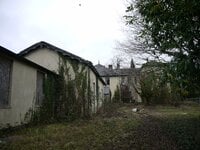 P1060893_result.jpg151.6 KB · Views: 137
P1060893_result.jpg151.6 KB · Views: 137 -
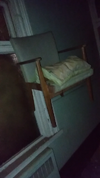 16901926_283137978767274_453522130_n.png512.2 KB · Views: 59
16901926_283137978767274_453522130_n.png512.2 KB · Views: 59 -
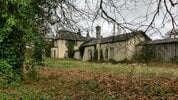 IMG_20170221_105653106_HDR.jpg212.4 KB · Views: 61
IMG_20170221_105653106_HDR.jpg212.4 KB · Views: 61 -
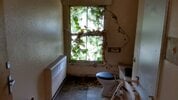 IMG_20170221_112137181_HDR.jpg86.8 KB · Views: 48
IMG_20170221_112137181_HDR.jpg86.8 KB · Views: 48 -
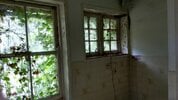 IMG_20170221_112427388_HDR.jpg106.1 KB · Views: 41
IMG_20170221_112427388_HDR.jpg106.1 KB · Views: 41 -
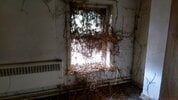 IMG_20170221_112456659_HDR.jpg92.6 KB · Views: 50
IMG_20170221_112456659_HDR.jpg92.6 KB · Views: 50 -
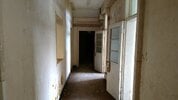 IMG_20170221_113408615_BURST000_COVER_TOP.jpg64.5 KB · Views: 38
IMG_20170221_113408615_BURST000_COVER_TOP.jpg64.5 KB · Views: 38 -
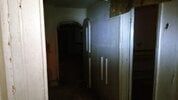 IMG_20170221_113833863.jpg66.3 KB · Views: 47
IMG_20170221_113833863.jpg66.3 KB · Views: 47 -
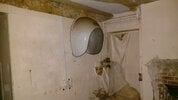 IMG_20170221_113909977.jpg60.9 KB · Views: 48
IMG_20170221_113909977.jpg60.9 KB · Views: 48 -
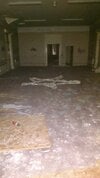 IMG_20170221_114926091.jpg95.3 KB · Views: 60
IMG_20170221_114926091.jpg95.3 KB · Views: 60 -
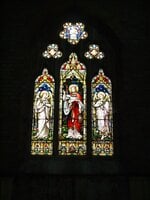 P1060759_result.jpg109.5 KB · Views: 61
P1060759_result.jpg109.5 KB · Views: 61 -
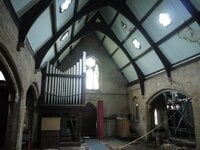 P1060774_result.jpg91.4 KB · Views: 45
P1060774_result.jpg91.4 KB · Views: 45 -
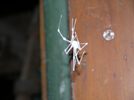 P1060840_result.png820.1 KB · Views: 60
P1060840_result.png820.1 KB · Views: 60 -
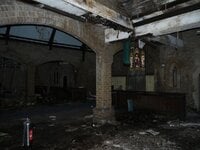 P1060785_result.jpg106.4 KB · Views: 52
P1060785_result.jpg106.4 KB · Views: 52 -
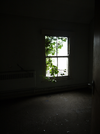 P1060910_result.png836.2 KB · Views: 50
P1060910_result.png836.2 KB · Views: 50 -
 P1060942_result.jpg111.5 KB · Views: 66
P1060942_result.jpg111.5 KB · Views: 66 -
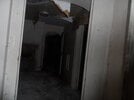 SAM_2429.JPG62.6 KB · Views: 45
SAM_2429.JPG62.6 KB · Views: 45 -
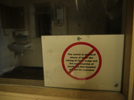 P1060969_result.png925.5 KB · Views: 37
P1060969_result.png925.5 KB · Views: 37 -
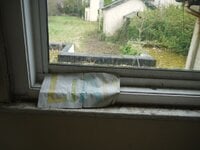 P1060950_result.jpg84.2 KB · Views: 61
P1060950_result.jpg84.2 KB · Views: 61 -
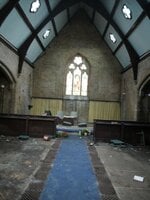 P1060839_result.jpg94.1 KB · Views: 60
P1060839_result.jpg94.1 KB · Views: 60 -
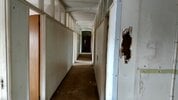 IMG_20170221_111938404_HDR.jpg71.2 KB · Views: 60
IMG_20170221_111938404_HDR.jpg71.2 KB · Views: 60

